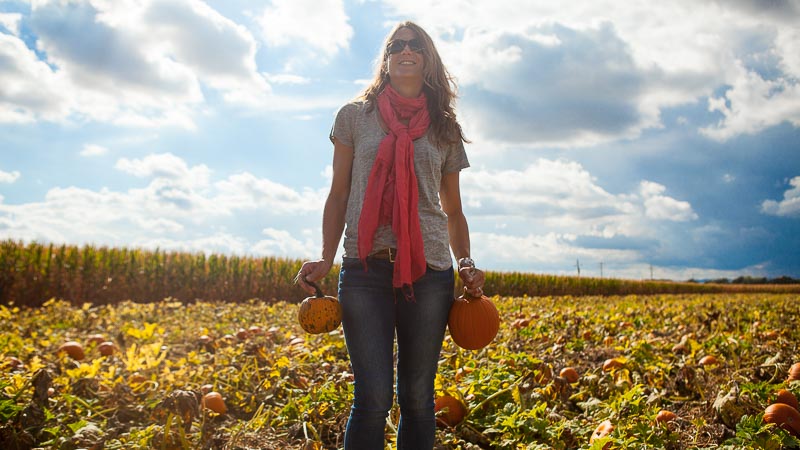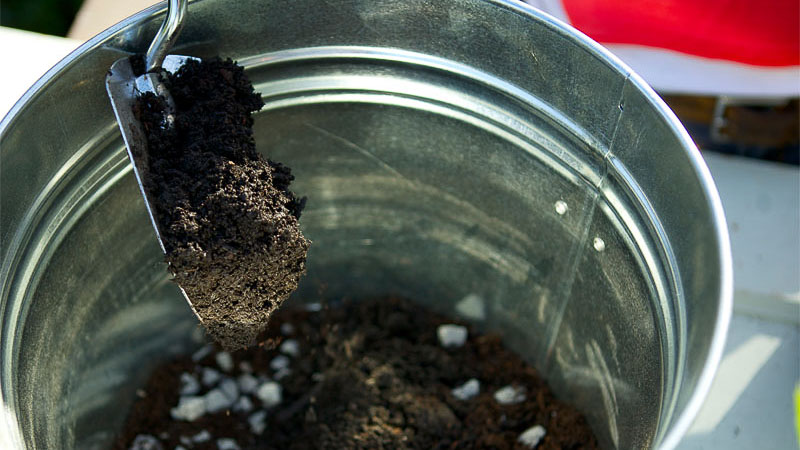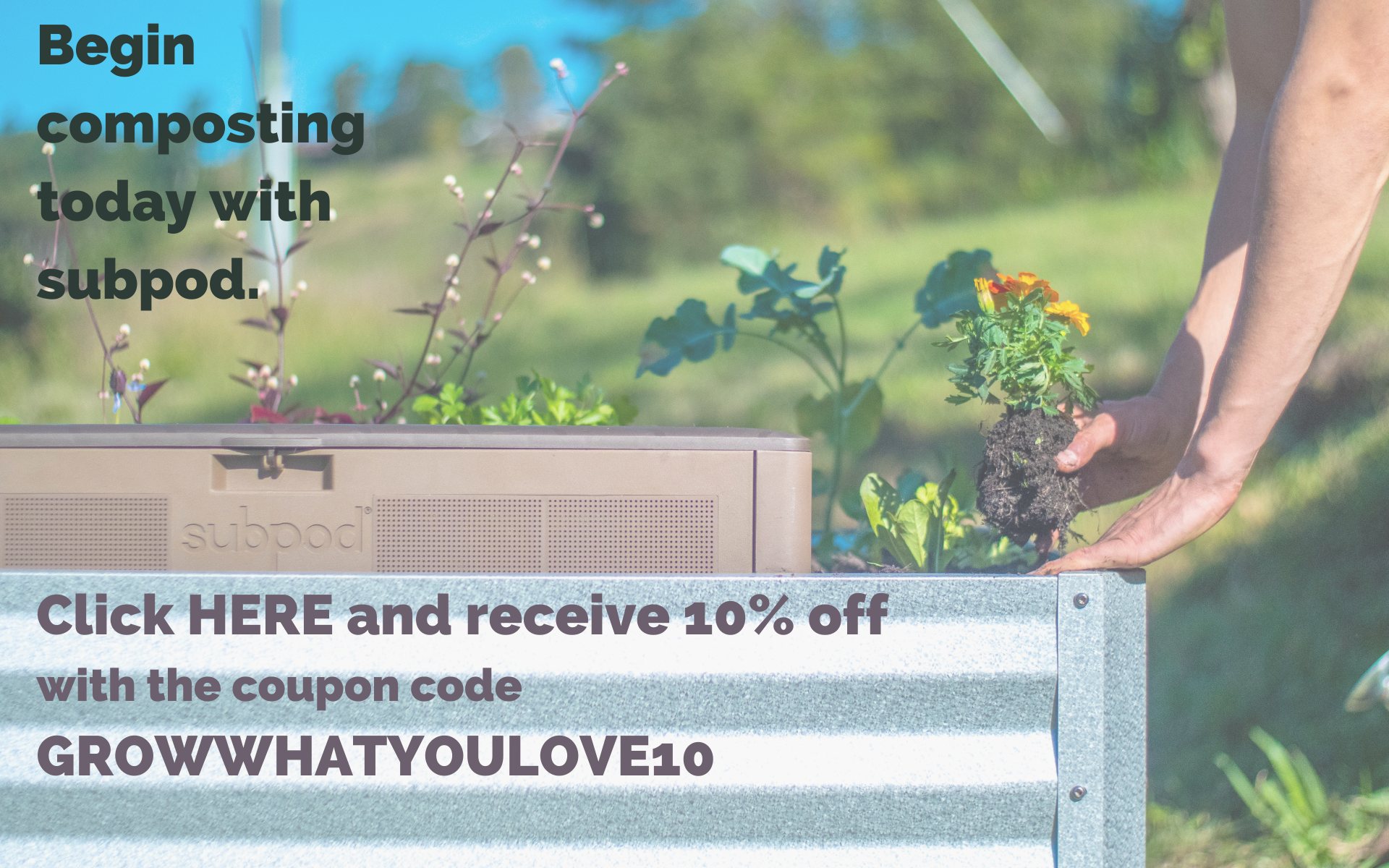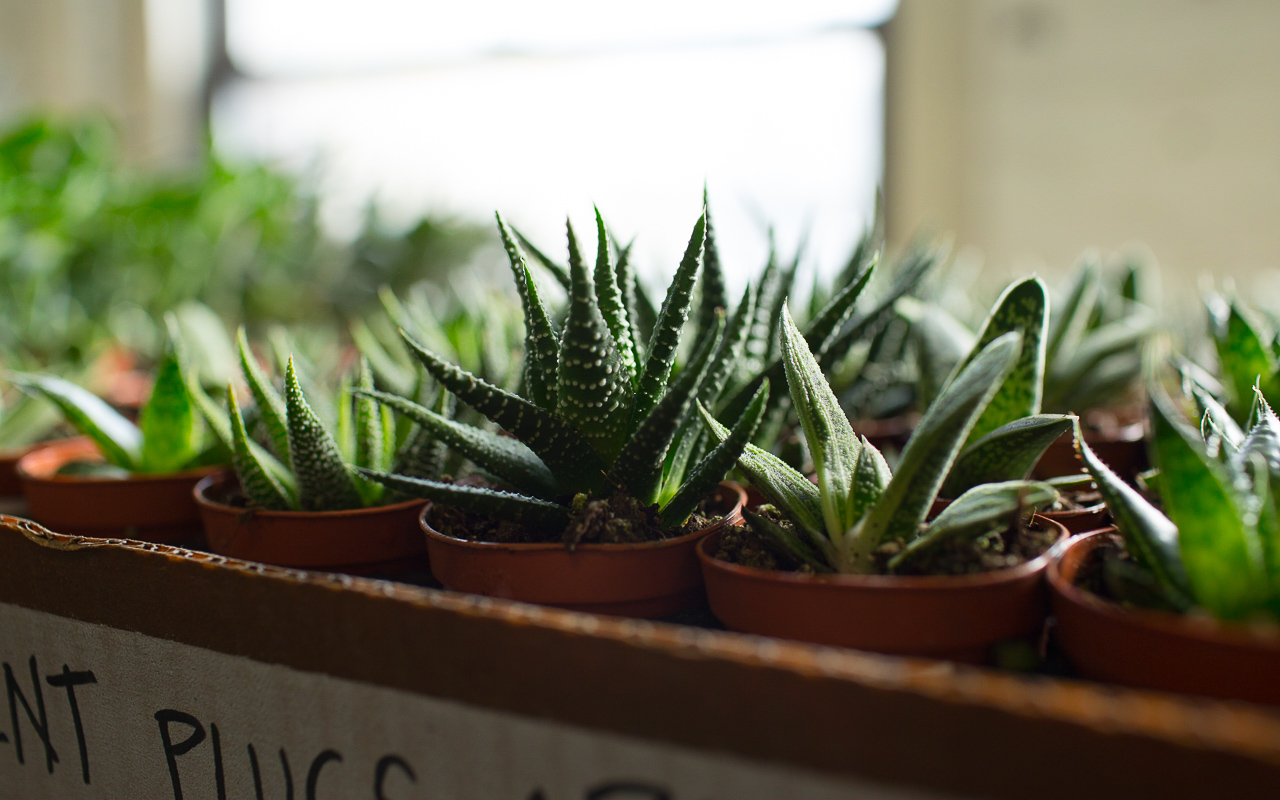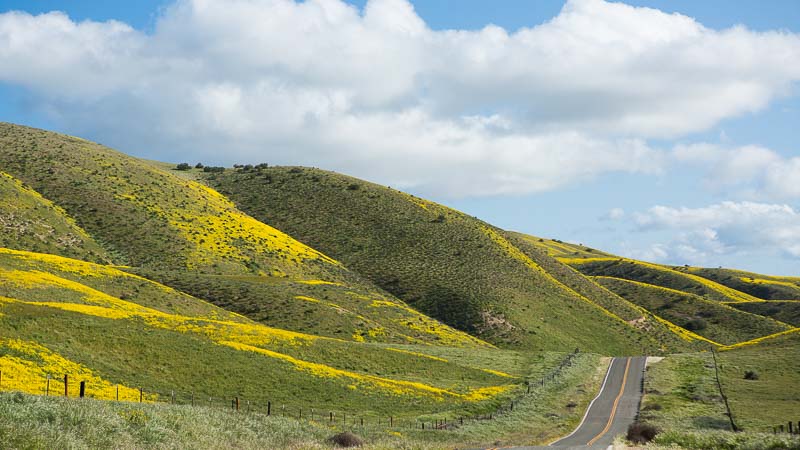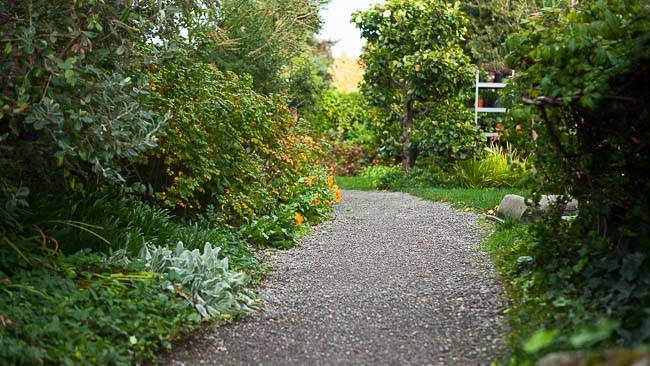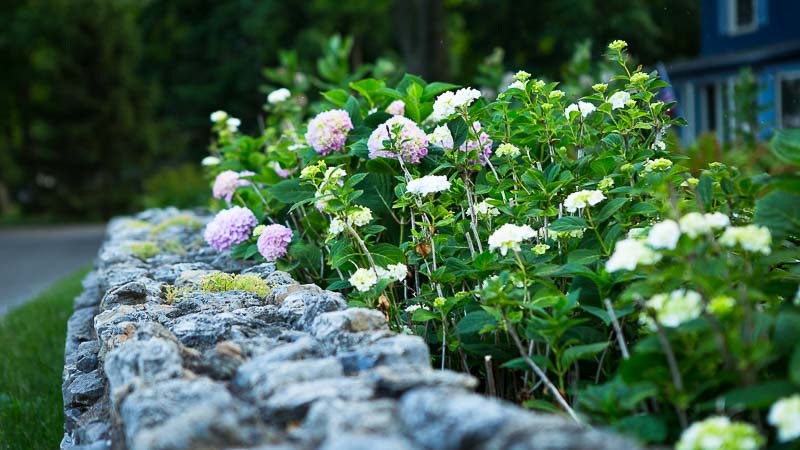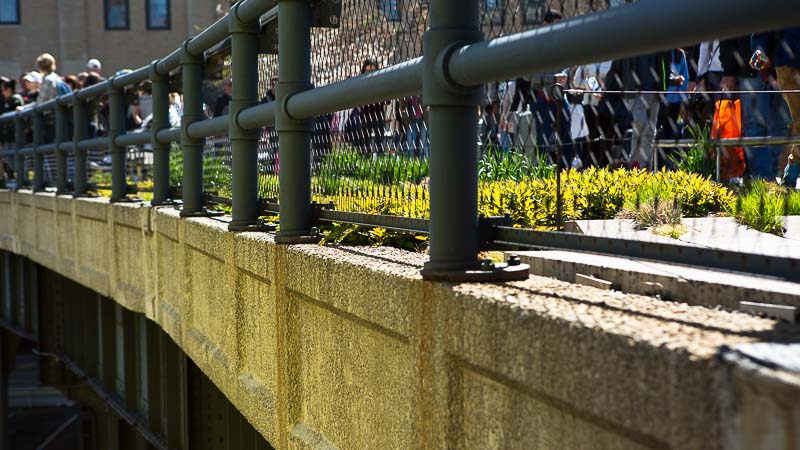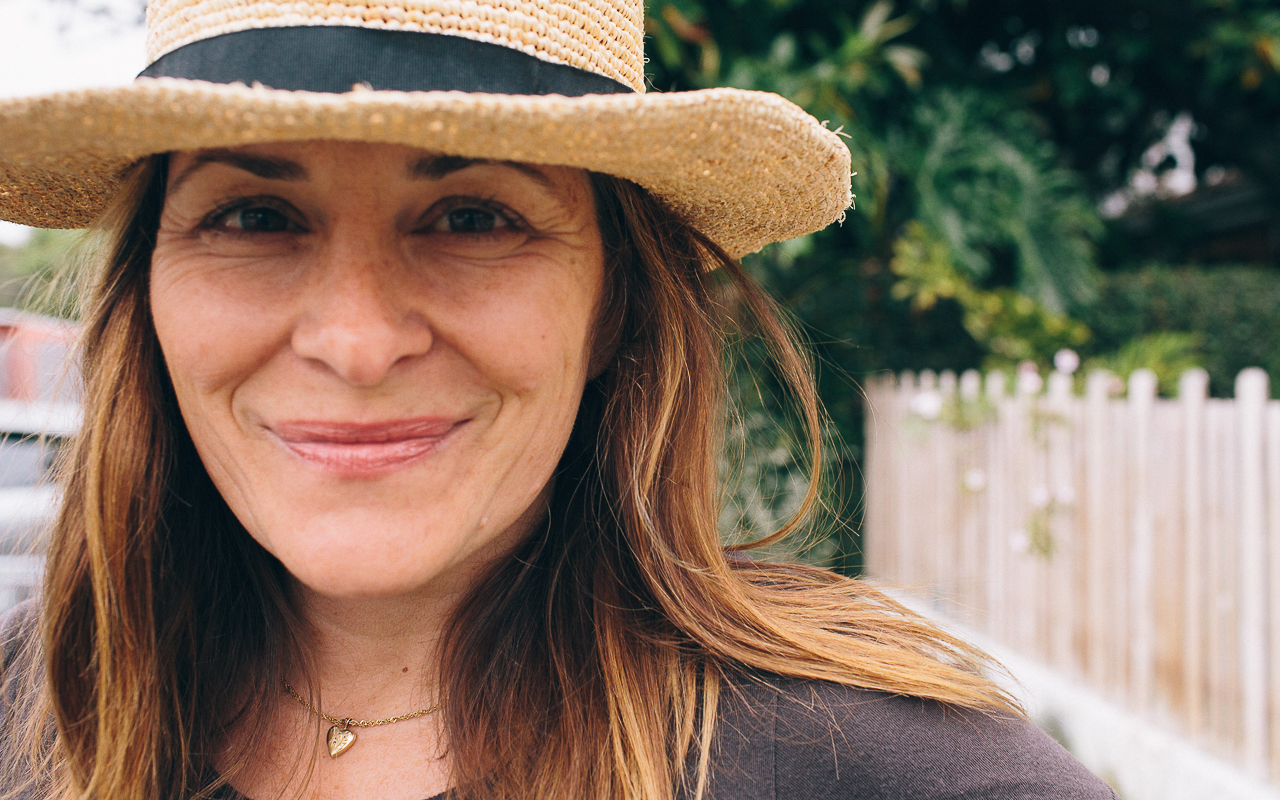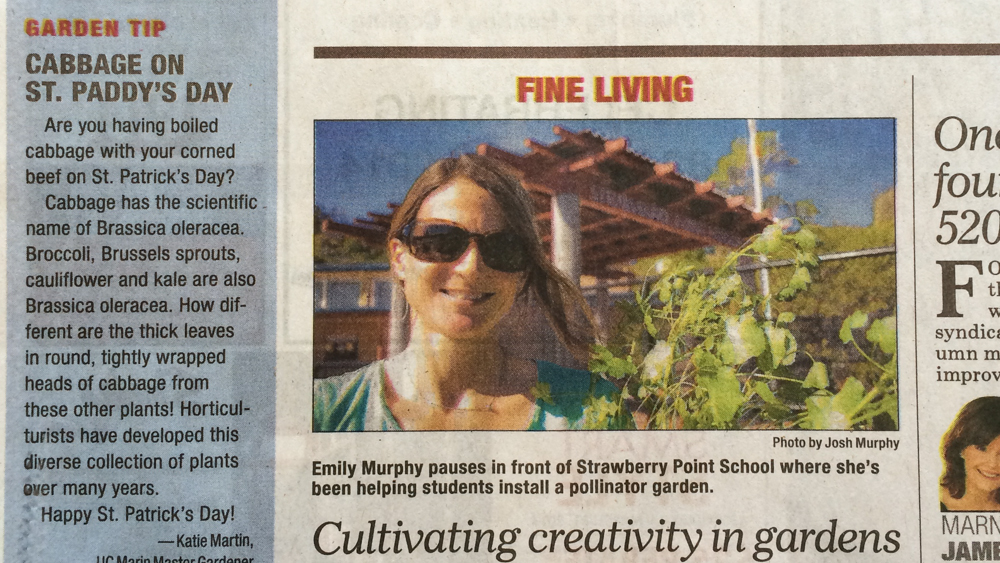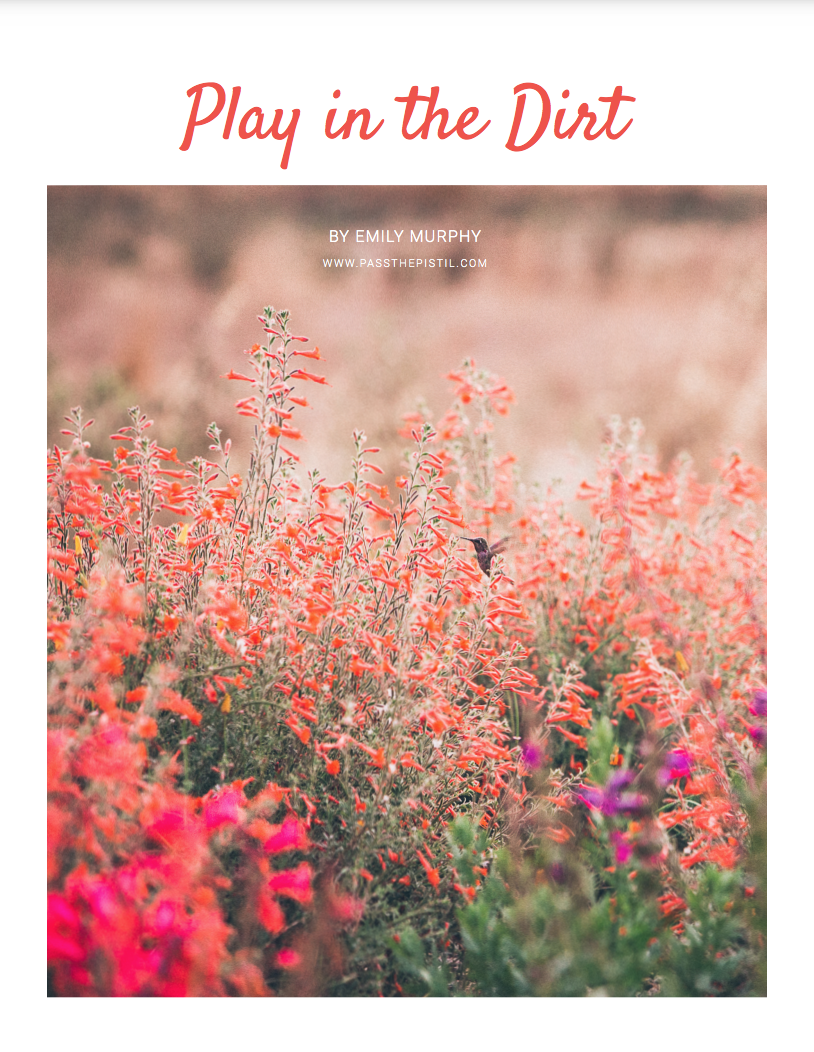Pacific Northwest Flower Revivial
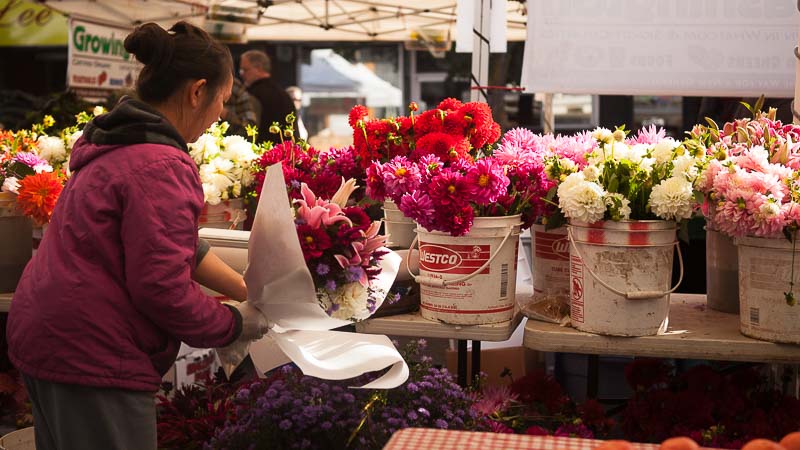
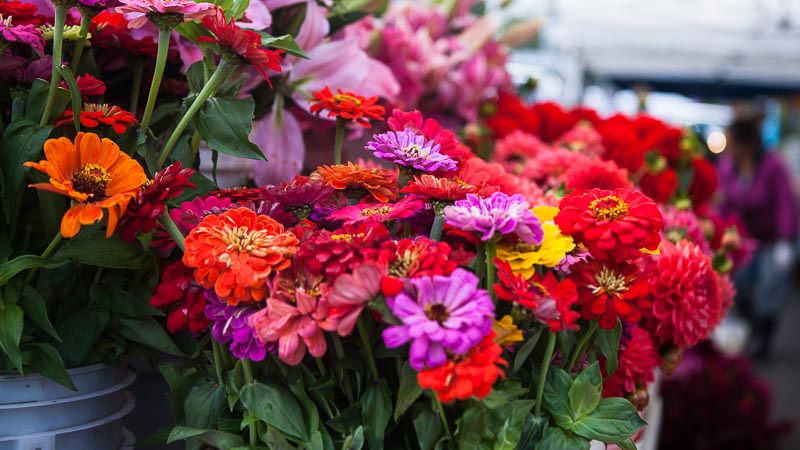
It was a grey, rainy weekend in October when I stumbled upon this West Seattle farmer’s market. It was honestly mind boggling to think of the growing power behind all these blooms, let alone how remarkable they looked bunched together in rows of 5 gallon buckets. If there were a flower revival this is what it would look like.
There must have been thousands of zinnias, dahlias, lilies and more offered for sale from multiple vendors. With the market just opening, I had to wonder if they would sell out by mid-day? Or do I live a sheltered life?
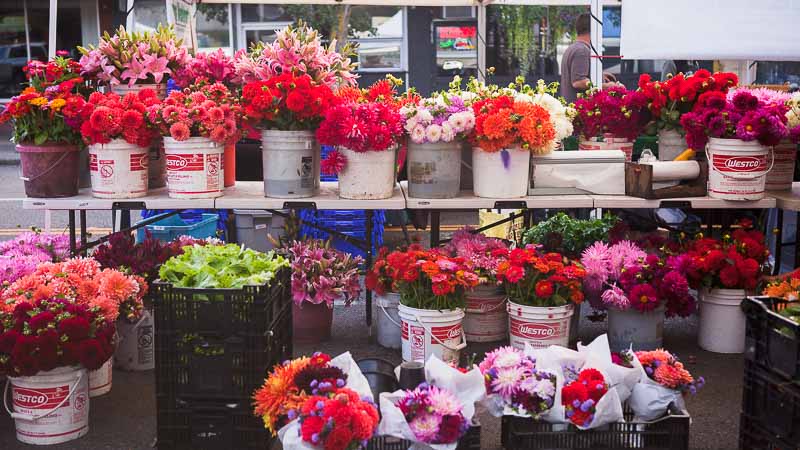

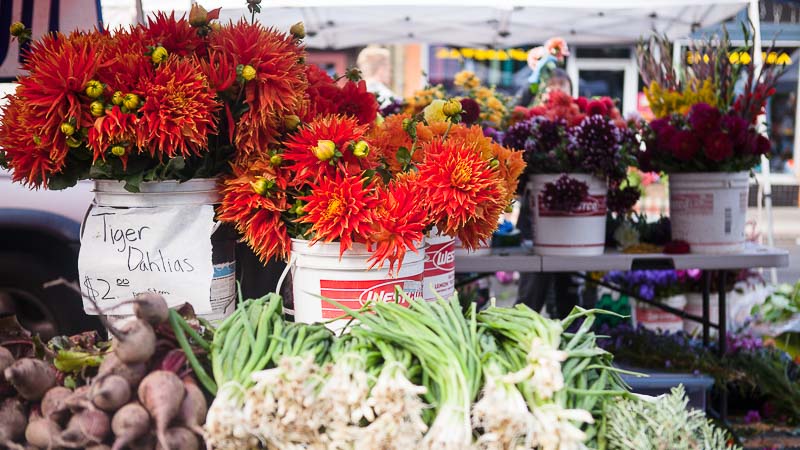
It also made me wonder what would happen if native flowers and other, pollinator favorites had the same selling power as these beauties, parading along from one end of the block to the other? Now that would be amazing. Ecologically speaking, it would be a force to reckon with.
But for the moment, I’m happy with what seems like a resurgence in flower love and not just with roses or carnations — though they are lovely too. In general and upfront, flowers have two immediate plays — bringing instant joy and awe to the viewer (don’t you think something changes on the molecular level when you take in a flower?) and an element of diversity that, when grown organically, add to the ecosystems of our gardens making them not just beautiful but more care free. When I say care free, I mean less maintenance and fewer pests because it’s in diversity and interplanting (vs. mono-crops for instance) that we mimic nature.
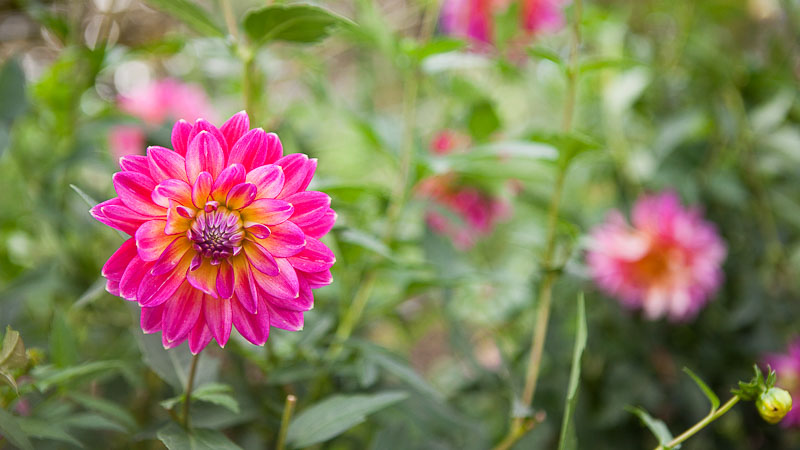
It turns out the the Pacific Northwest has ideal growing conditions for flowers like dahlias but, in reality, they can be grown in many climates and regions — though they don’t love overly humid and hot environments like you’d find in Florida or Texas and need a growing season about 120 days long.
If you have dahlia envy, you can try growing them too. Here are the basics:
- Dahlias prefer rich, well draining soil and full sun.
- Plant from tubers after the last frost, typically in May or right around the time you’d plant tomatoes.
- Grow in containers or garden beds.
- Plant larger varieties together in a large group and stake them when you plant them so they’re ready to grow with built in support. Smaller growing varieties can easily be interplanted but I love them grouped in swaths. This will make care and maintenance easier too.
- Planting depth and distance will depend on the variety you choose. There are an endless number of varieties, all deriving from one species native to Mexico. Select a size and color right for you and your garden. Start with a few, see how they grow and go from there.
- Plant with compost, adding to the tilth and health of your soil.
- Wait to water until you see sprouts coming up to avoid rotting. Water deeply about twice a week, especially if you live in a summer dry climate. That said, dahlias may not be best for drought prone areas. If you live in a drought prone area like California, plan your dahlia bed closer to home to make the use of grey water more efficient.
- Fertilize after sprouting with a low nitrogen fertilizer such as 5-10-10 (see What is N-P-K? for more info) and once a month throughout the growing season.
- Deadhead blooms to encourage continued flowers from July to fall.
- Dahlias are hardy to USDA zone 8 which means you can leave tubers to overwinter in the soil, but if you live in a colder climate lift tubers after the first fall frost. To lift, cut back brown, dead growth to just about the soil line and pull or dig up tubers. Place them in a paper bag or cardboard box with sawdust, shredded paper or something similar after they’ve had a chance to dry out in the sun. Store tubers where they won’t freeze.
- Repeat.
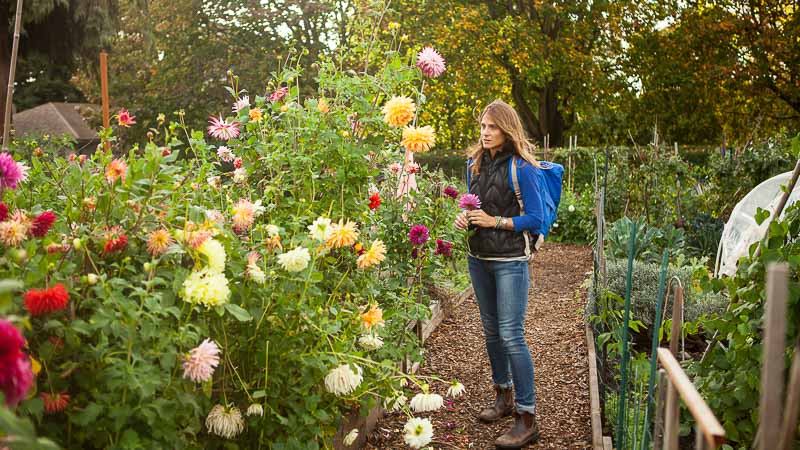
Listen
Buy The Book
Special offers
Newsletter Signup

Archives
Disclosure
Pass The Pistil is a participant in the Amazon Services LLC Associates Program and other affiliate programs such as Etsy, affiliate advertising programs designed to provide a means for sites to earn fees by advertising and linking to curated affiliate sites.

